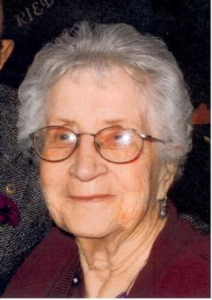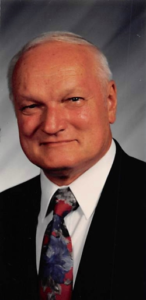I posted a comment regarding immigration in response to a recent LinkedIn article, the meat of which is this:
I’m willing to bet that most people would agree that well-integrated migrants can be a boon. Unfortunately, we now have to overcome a justifiable anger resulting from the long years of contempt our elites have shown people over their very real concerns about un-integrated migrants. The backlash by the populace is both warranted and long overdue.
My dear old friend Ayo Phillips replied:
I agree with your point here. As you know I am an example of the type of integration you speak of. However as a culture, we are terrible at nuance. And the inability to deal with nuance breaks, roughly along educational lines. For those below some minimum acceptable educational level the inability to deal with nuance plays out as rage, anger, contempt and in many cases hate. I have personally been the recipient of such attitudes. So how do we have this conversation in the public sphere recognizing the need for integration, but not simultaneously arming uneducated people with a dangerous weapon?
I promised him a full answer to his question in this forum. So here goes…
Reasonable people can differ in how many immigrants their nations can appropriately absorb, and the level to which those immigrants should be expected to integrate with the host country’s norms: language, culture, social mores, and so on. These are all proper matters for lawmaking, public policy, and societal expectations, and have been so since the founding of the nation-state. And those things have forever produced anger, and yes, even hatred. My own grandparents experienced some of the same things Ayo himself has, as Irish immigrants a hundred years ago. It’s a sin that any of them or anyone like them experiences such treatment, as they’re the very example of immigrants who are an immense boon.
But haters gonna hate, as they so annoyingly say. As long as we’re fallible humans, we’ll never eradicate hatred. We can certainly minimize it, though. Probably the number one caution here is to keep in mind my title, “hate breeds hate.”
When it comes to immigration, and much else in politics and business, however, hate has become part of the norm. With respect to immigration in particular, it’s become a staple of the “debate” for one side to call those who believe our US laws should be enforced racists and xenophobes. This has gone on for years, which is why I say the backlash is long overdue. To most ordinary people, I’d think a reasonable starting point here should be that we enforce our existing laws, and those who don’t like them work through the political process to get them changed. Instead we have officials at all levels, right up to the current President of the United States, who believe their moral superiority allows them to pick and choose which laws should be enforced. This is a recipe for disaster.
Meanwhile, officials at all levels heap scorn on anybody who suggests that those who come to our country should adapt to our ways, rather than the other way around. And let’s not get foolish here: nobody expects an Ayo Phillips to give up every old custom. My Dad’s grandparents came from Poland in the late 1800s, and he still celebrates the Wigilia every Christmas Eve. He just doesn’t insist that everybody else does, or that they speak and write in Polish for him. If Dad were to fly the Polish flag while stomping on the Stars and Stripes, I think he’d fully understand if people didn’t react well to that.
This extends beyond immigration, too. In business, we’ve had a full generation now of the “diversity” project, and elements of that even in the early 1990s involved training by “experts” that was nothing more than hate-filled propaganda sessions against the majority population. Today’s move to make workplaces more accommodating to women has unfortunately begotten a constant, officially-sanctioned hatred against men, as I wrote on LinkedIn some months ago. In both of those cases, what started as advocacy has become open discrimination against the innocent, which certainly doesn’t help quell the anger that feeds hatred. And just a couple days ago, actress Meryl Streep let loose about how angry she was that so many of us fail to conform to her warped world view, heaping her venom not just on our incoming President, but on those of us so lacking in refinement as to enjoy mixed martial arts and football. (Yes, sometimes hate can become downright laughable.)
I struggle desperately to understand why some people who say they want to effect change believe that a constant stick in the eye of the people they’re trying to convince is the way to go. (Though I’m guessing Meryl Streep isn’t paying me any attention.) Through much of my life I’ve been constantly amazed and appalled at how much of this kind of treatment good people will quietly tolerate. Again I say, the backlash is long overdue, and it certainly isn’t hate to push back against the hateful.
It is a difficult balancing act, though, to push back appropriately without feeding further hatred. So to wrap up, dear Ayo: “So how do we have this conversation in the public sphere recognizing the need for integration, but not simultaneously arming uneducated people with a dangerous weapon?” One key way is for all of us, on all sides of the debate, to constantly keep in mind that immortal line read by Miss Greer Garson in The Little Drummer Boy:
And he knew at last that the hate he had carried there [in his heart] was wrong, as all hatred will ever be wrong.



